- Building a civilized and modern Nam Can commune
- Nam Can Commune focuses on comprehensive development
- Five Roots promote the strength of national solidarity
Reviving the potential of multi-sector, multi-sector economic zones
According to the plan, Nam Can Economic Zone is a multi-sector, multi-sector economic zone, including: industry - trade - services - high-tech agriculture , eco-tourism, logistics centers of Ca Mau province and the Mekong Delta (MD), focusing on high-tech aquaculture. This is the international maritime trade hub of Ca Mau province and the MD through Hon Khoai seaport, Nam Can port along Cua Lon river, logistics area along Cua Lon river.
Nam Can Economic Zone has a competitive advantage over other coastal economic zones in the South in general and the whole country in particular in the field of seafood production and processing . Similar to coastal economic zones in the whole country, Nam Can Economic Zone has an advantage in developing logistics transportation services with the planning of Nam Can port.
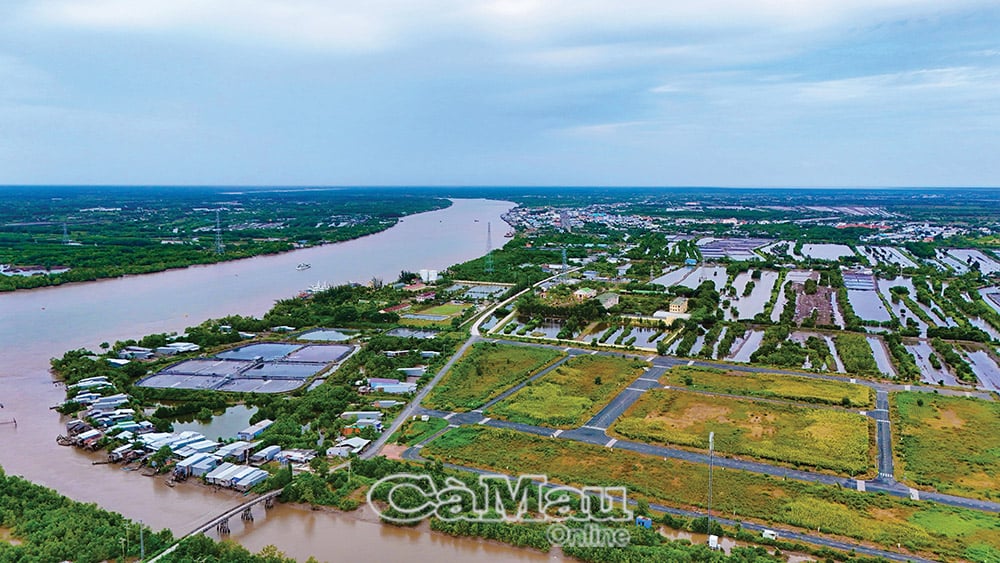 By waterway, Nam Can Economic Zone connects from Nam Can Wharf Area via Cua Lon River to Bo De Gate, connecting with Hon Khoai General Port.
By waterway, Nam Can Economic Zone connects from Nam Can Wharf Area via Cua Lon River to Bo De Gate, connecting with Hon Khoai General Port.
In addition, with the advantage of being surrounded by the sea on three sides and the potential for renewable energy, Ca Mau is one of the localities that foreign investors are interested in investing in the field of producing liquefied hydrogen energy sources. With many favorable conditions, Nam Can Economic Zone has great potential to form a transit liquefied gas warehouse to serve the transportation and export of energy for large ships through Hon Khoai port.
Mr. Vo Van Hanh, Deputy Secretary and Chairman of the People's Committee of Nam Can Commune, said: " In recent times, many important infrastructure projects have been invested in Nam Can Economic Zone, such as the East-West main axis and the North-South main axis. At the same time, the project of the mobile route to ensure logistics techniques in Region 5/QCHC is under construction, contributing to the completion of the economic zone's traffic system. In particular, the adjustment of the general planning of Nam Can Economic Zone to 2040 has been approved by the People's Council of Ca Mau province, basically unchanged in scale but reorganizing the space in a more flexible direction and dividing it into development zones (tourism - urban - industrial - port logistics services - high-tech agriculture, associated with the logistics axis along the Cua Lon River) " .
Connecting to Hon Khoai General Port
Hon Khoai Port is planned to be a multi-purpose port of international scale. The project's completion will create opportunities for Nam Can, with the potential to attract cold storage areas, seafood processing factories, logistics, and export processing enterprises near the port. Increase employment, local budget revenue, promote urbanization of Nam Can and create a direct export corridor for agricultural and aquatic products of the Mekong Delta (reducing intra-regional transportation costs).
According to Mr. Nguyen Van Canh, Deputy General Director of Nam Can Seafood Import-Export Joint Stock Company: "The company's ecological shrimp products have been exported to the EU, Japan, Taiwan, Hong Kong, Switzerland markets..., with an output of 1,500-2,000 tons/year, contributing to creating jobs for over 500 workers, with a revenue of 500-550 billion VND/year. In particular, when Nam Can Economic Zone promotes its inherent value, associated with the connection to Hon Khoai General Port, we expect to open up great opportunities for the unit, as well as businesses located in the area".
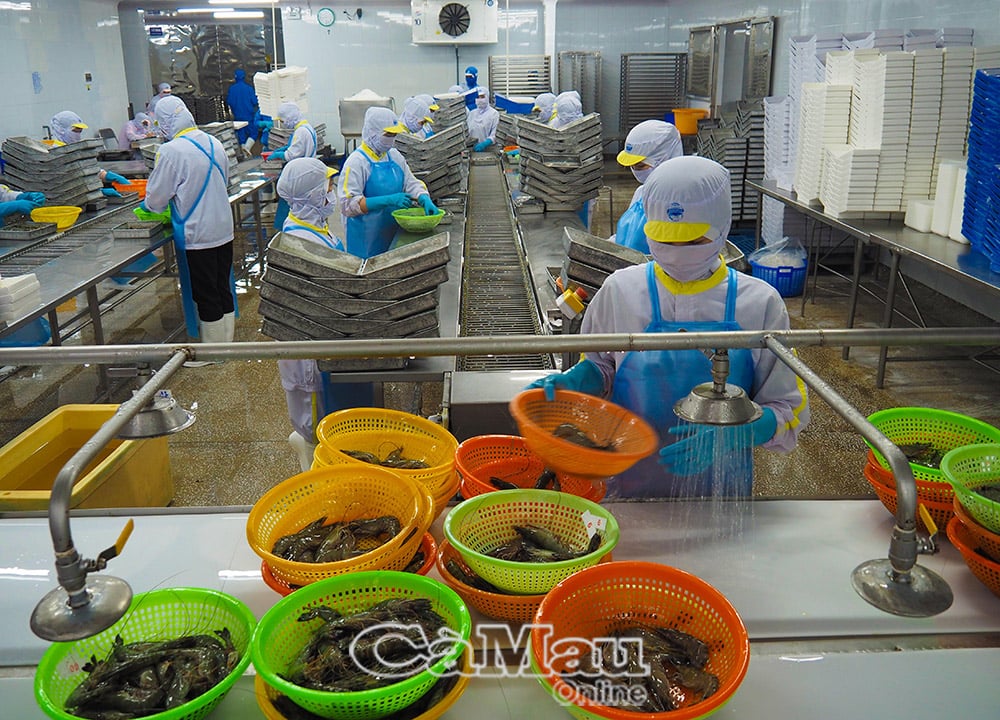 Processing organic black tiger shrimp at Nam Can Seafood Import-Export Joint Stock Company.
Processing organic black tiger shrimp at Nam Can Seafood Import-Export Joint Stock Company.
According to the plan, Nam Can Economic Zone will be connected to Hon Khoai General Port by two main means of transport. That is, by road via the central expressway of Ca Mau province - Nam Can - Dat Mui and the Ho Chi Minh route connecting to the sea bridge system (about 18 km) from Ngoc Hien to Hon Khoai island. The second means of transport is by waterway from Nam Can wharf area through Cua Lon river to Bo De estuary, connecting to Hon Khoai General Port.
Mr. Tran Linh Trang, Deputy Head of the Economic Zone Management Board, said: "Unlike other economic zones in the region, Nam Can does not have a coastline to develop marine tourism, but with a unique inland waterway network and connection with the Mui Ca Mau National Tourism Area, Nam Can has great potential in developing eco-tourism in the river and garden areas, typical of the Mekong Delta region. In addition, with the goal of promoting urbanization in Nam Can Economic Zone and developing industrial parks according to the urban-industrial park model, urban and commercial services are also potential for development in the coming period in Nam Can Economic Zone."
" According to the Mekong Delta Regional Planning for the period 2021-2030, with a vision to 2050, and the Master Plan for the development of Vietnam's seaport system for the period 2021-2030, with a vision to 2050, Ca Mau seaport is identified as a group of seaports No. 5. In which, Nam Can port area functions as a general port, bulk cargo, liquid/gas cargo and other ports with a tonnage of 5,000 tons. Hon Khoai port in particular functions as a general port with potential for conditional development depending on the needs and capacity of investors. In particular, the role of Nam Can and Hon Khoai seaports for Nam Can Economic Zone is especially important, " informed Mr. Tran Linh Trang, Deputy Head of the Economic Zone Management Board of Ca Mau province.
Loan Phuong
Source: https://baocamau.vn/khai-thac-tiem-nang-khu-kinh-te-nam-can-a123204.html


![[Photo] General Secretary To Lam attends the 95th Anniversary of the Party Central Office's Traditional Day](https://vphoto.vietnam.vn/thumb/1200x675/vietnam/resource/IMAGE/2025/10/18/1760784671836_a1-bnd-4476-1940-jpg.webp)
![[Photo] Collecting waste, sowing green seeds](https://vphoto.vietnam.vn/thumb/1200x675/vietnam/resource/IMAGE/2025/10/18/1760786475497_ndo_br_1-jpg.webp)
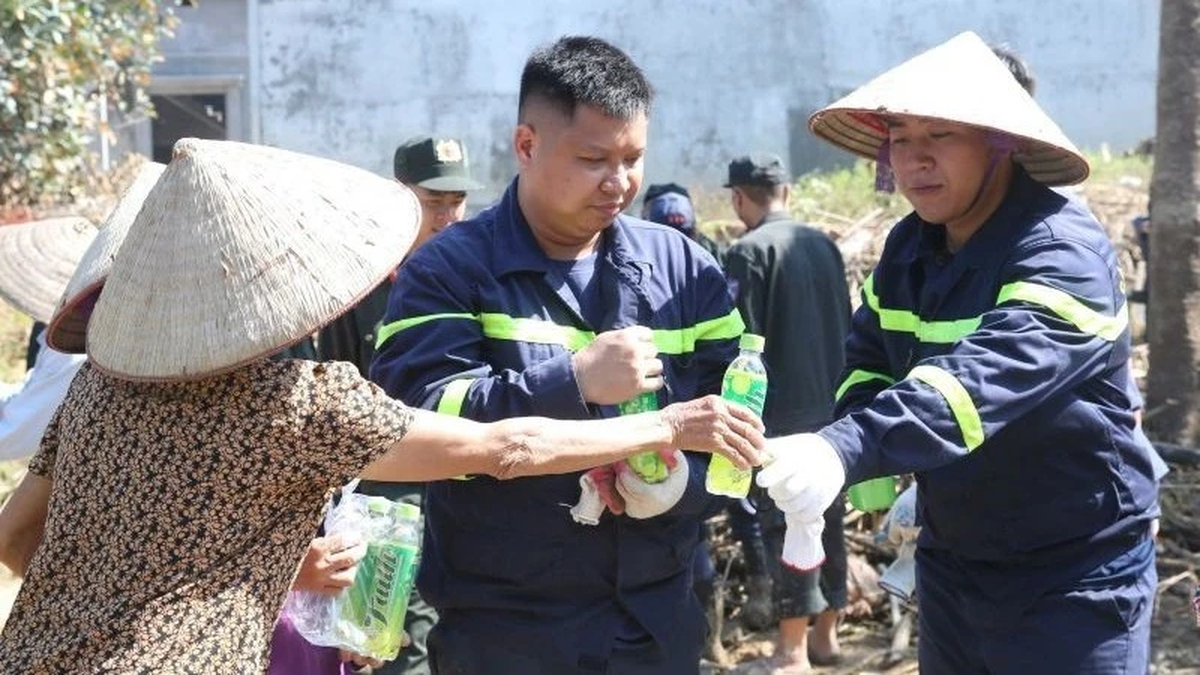

![[Photo] Closing ceremony of the 18th Congress of Hanoi Party Committee](https://vphoto.vietnam.vn/thumb/1200x675/vietnam/resource/IMAGE/2025/10/17/1760704850107_ndo_br_1-jpg.webp)


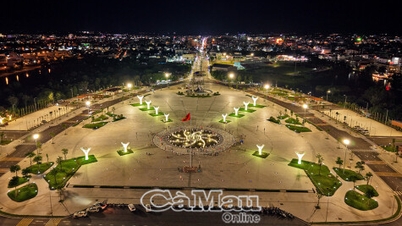
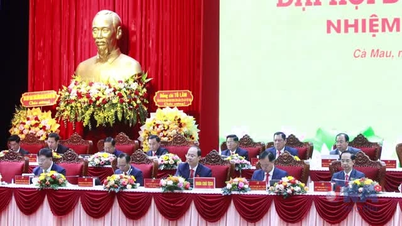



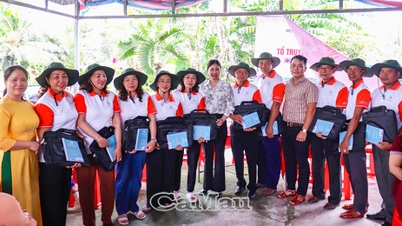
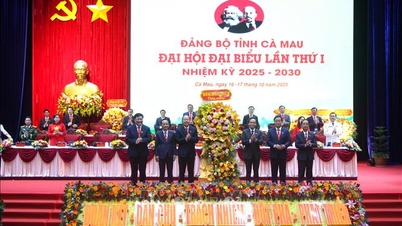
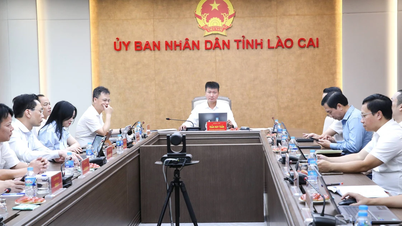

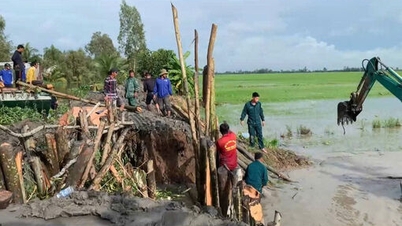



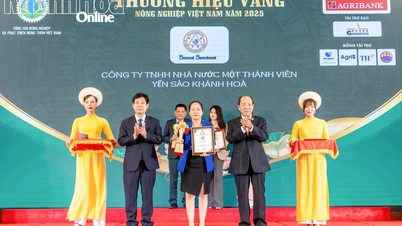

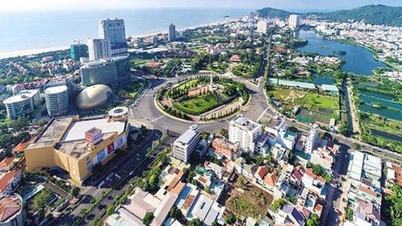

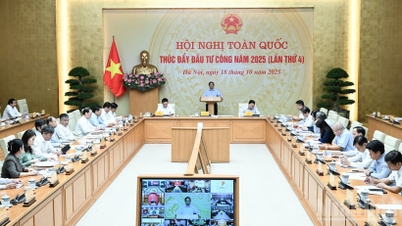





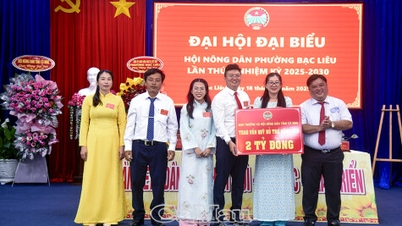
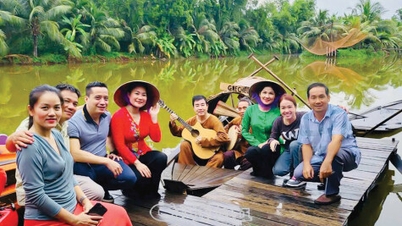

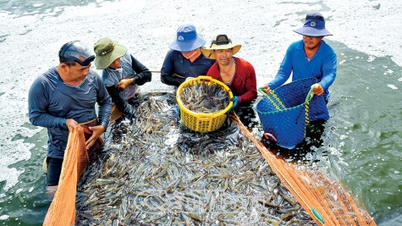
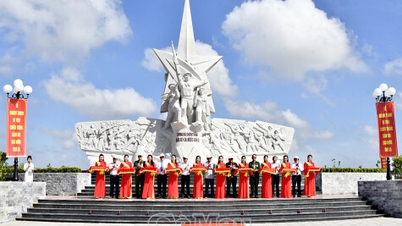
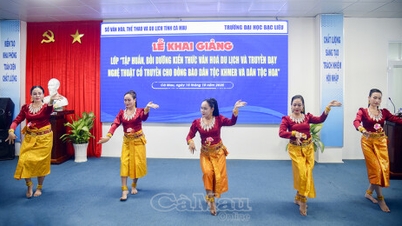



































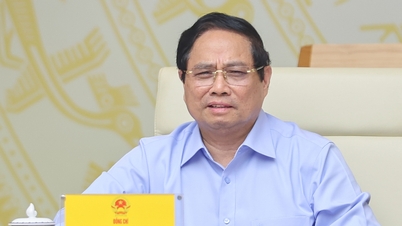
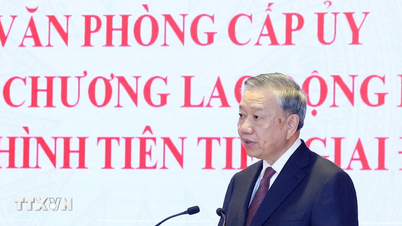
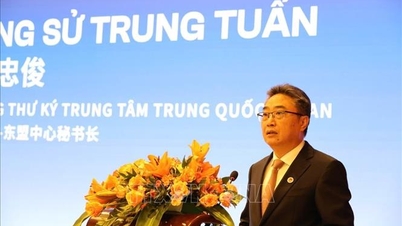
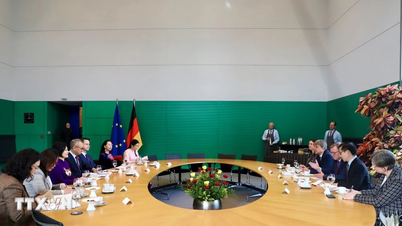
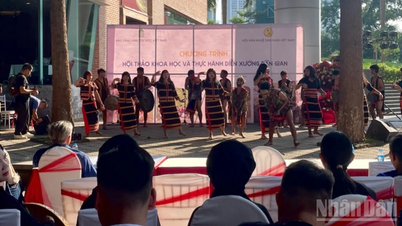











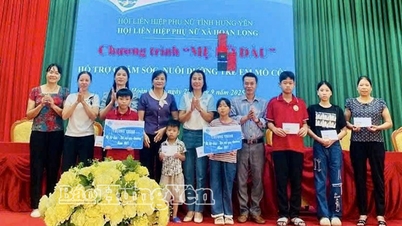


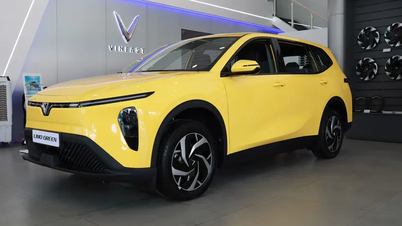
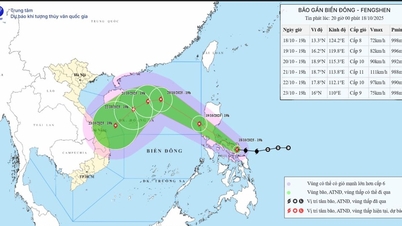
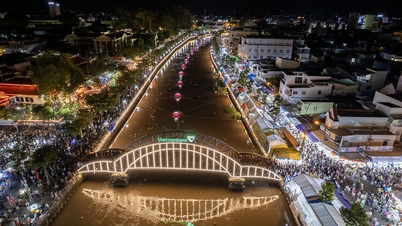

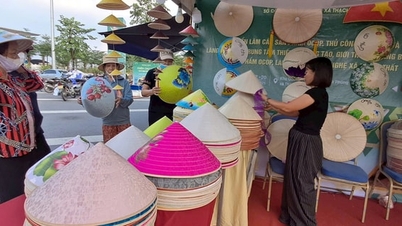









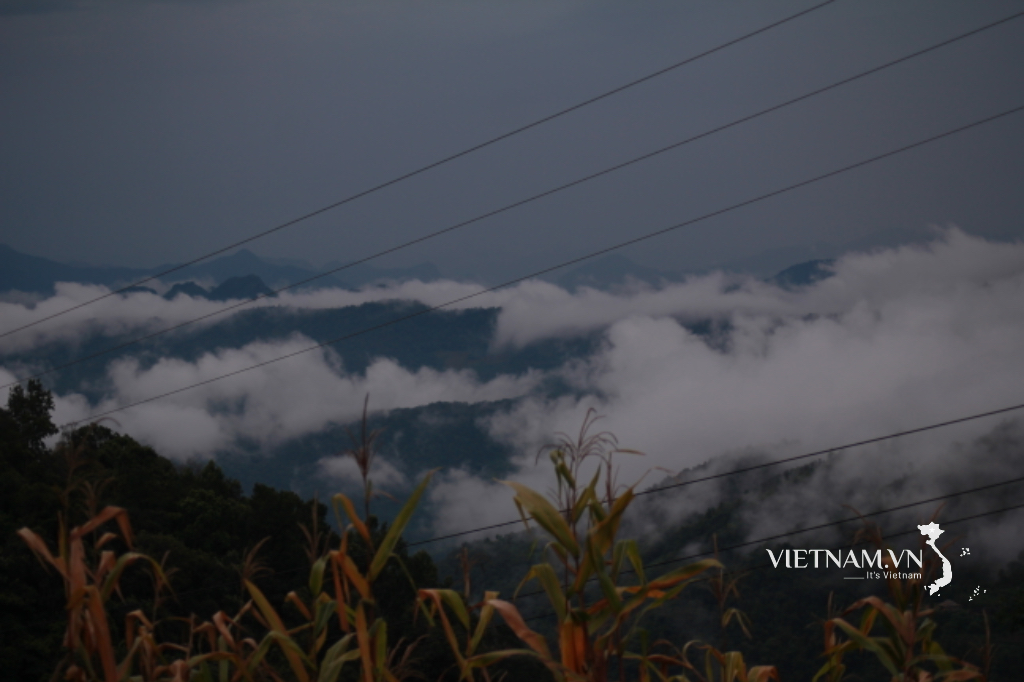


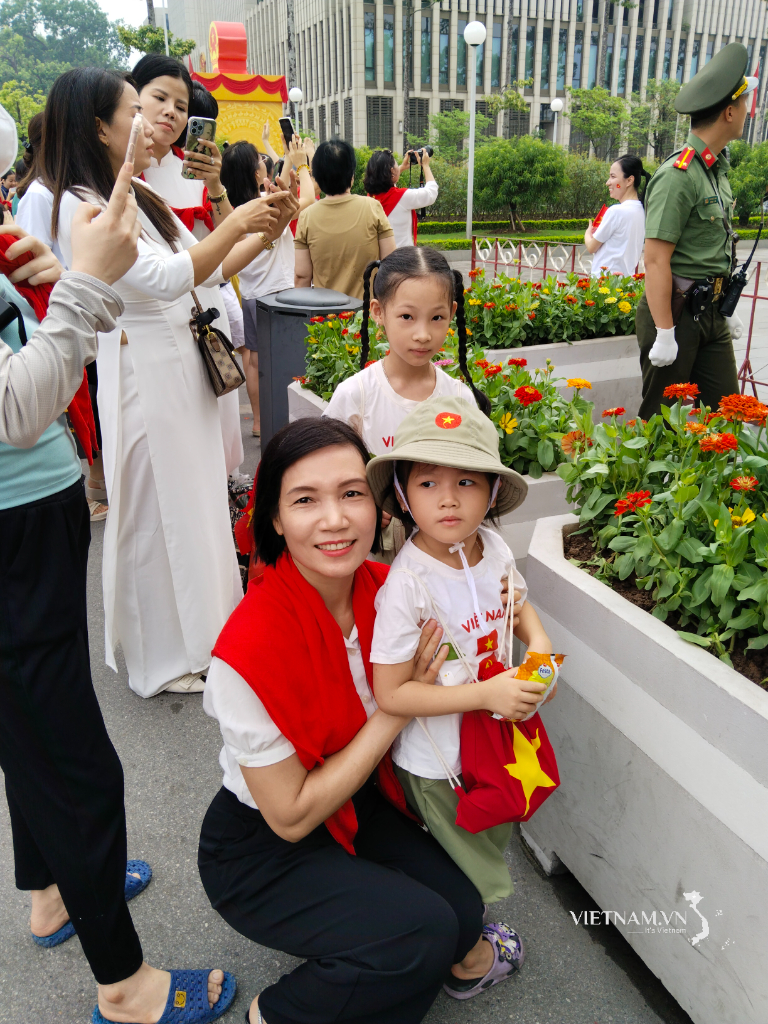
Comment (0)